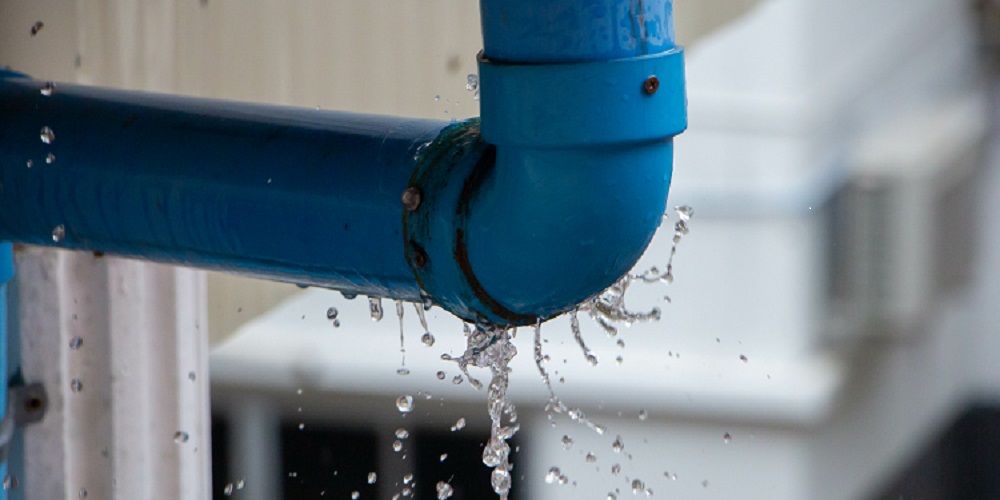Discovering Concealed Water Line Leaks: 6 Proven Strategies
Discovering Concealed Water Line Leaks: 6 Proven Strategies
Blog Article
In this article in the next paragraph you will find a good deal of superb answers all about Detecting hidden plumbing leaks.

Early detection of dripping water lines can mitigate a potential disaster. Some small water leaks might not be noticeable.
1. Check Out the Water Meter
Every house has a water meter. Checking it is a guaranteed manner in which helps you uncover leaks. For beginners, switch off all the water resources. Guarantee no person will flush, utilize the tap, shower, run the cleaning equipment or dishwasher. From there, go to the meter as well as watch if it will change. Because nobody is using it, there must be no activities. If it relocates, that shows a fast-moving leak. Likewise, if you spot no changes, wait an hour or two and check back once again. This suggests you might have a slow-moving leakage that can also be below ground.
2. Examine Water Consumption
If you identify sudden changes, regardless of your usage being the very same, it means that you have leakages in your plumbing system. An unexpected spike in your costs suggests a fast-moving leak.
A steady boost every month, even with the same routines, shows you have a slow-moving leak that's likewise slowly intensifying. Call a plumber to thoroughly check your property, specifically if you feel a cozy area on your floor with piping below.
3. Do a Food Coloring Test
When it involves water usage, 30% comes from commodes. Examination to see if they are running appropriately. Decline specks of food shade in the container as well as wait 10 mins. If the shade somehow infiltrates your bowl throughout that time without flushing, there's a leak between the container and bowl.
4. Asses Exterior Lines
Do not fail to remember to inspect your exterior water lines too. Test faucets by affixing a yard hose. Ought to water permeate out of the connection, you have a loose rubber gasket. Replace this as well as make sure all links are limited. It will help get it skillfully examined as well as preserved each year if you've got a sprinkler system. One tiny leakage can lose lots of water and increase your water costs.
5. Examine and Analyze the Situation
Property owners must make it a routine to examine under the sink counters and also also inside cupboards for any type of bad odor or mold growth. These 2 warnings suggest a leak so prompt attention is required. Doing routine inspections, also bi-annually, can conserve you from a major problem.
More notably, if you understand your residence is already old, keep a watchful eye on your heaters, tubes, pipelines etc. Check for discolorations and compromising as a lot of pipelines as well as home appliances have a life expectancy. They will additionally naturally deteriorate because of deterioration. If you believe dripping water lines in your plumbing system, do not wait on it to escalate. Call a specialist plumber as soon as possible so you don't wind up with a terrible mess in your home.
Early discovery of dripping water lines can reduce a potential disaster. Some little water leakages might not be visible. Inspecting it is a surefire method that helps you uncover leaks. One tiny leak can waste tons of water as well as increase your water costs.
If you suspect leaking water lines in your plumbing system, don't wait for it to intensify.
WARNING SIGNS OF WATER LEAKAGE BEHIND THE WALL
PERSISTENT MUSTY ODORS
As water slowly drips from a leaky pipe inside the wall, flooring and sheetrock stay damp and develop an odor similar to wet cardboard. It generates a musty smell that can help you find hidden leaks.
MOLD IN UNUSUAL AREAS
Mold usually grows in wet areas like kitchens, baths and laundry rooms. If you spot the stuff on walls or baseboards in other rooms of the house, it’s a good indicator of undetected water leaks.
STAINS THAT GROW
When mold thrives around a leaky pipe, it sometimes takes hold on the inside surface of the affected wall. A growing stain on otherwise clean sheetrock is often your sign of a hidden plumbing problem.
PEELING OR BUBBLING WALLPAPER / PAINT
This clue is easy to miss in rooms that don’t get much use. When you see wallpaper separating along seams or paint bubbling or flaking off the wall, blame sheetrock that stays wet because of an undetected leak.
BUCKLED CEILINGS AND STAINED FLOORS
If ceilings or floors in bathrooms, kitchens or laundry areas develop structural problems, don’t rule out constant damp inside the walls. Wet sheetrock can affect adjacent framing, flooring and ceilings.
https://www.servicemasterbyzaba.com/blog/how-to-detect-water-leakage-in-walls/

We hope you enjoyed reading our topic about Leaking water lines. Thanks a lot for taking time to browse our post. In case you liked our blog posting if you please don't forget to pass it around. Thanks a lot for your time spent reading it.
Avoid property damage; contact us. Report this page